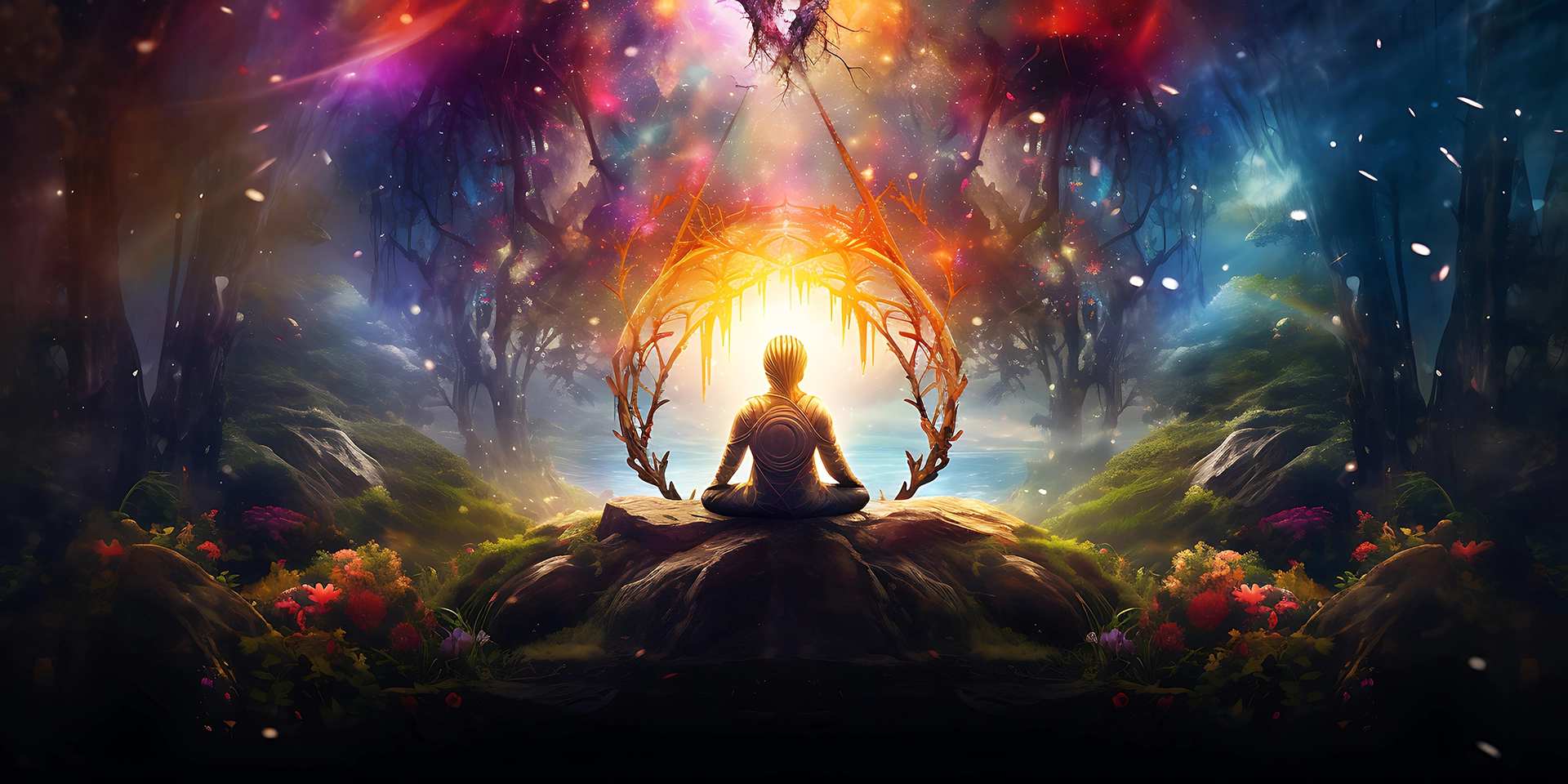In Advaita Vedanta, one of the most profound concepts is encapsulated in a simple Sanskrit phrase: “Tat Tvam Asi,” which translates to “Thou art that.” This encapsulates the essence of non-duality, a philosophy that sees no separation between the self and the ultimate reality. This philosophy, which has deep roots in ancient Indian tradition, underpins much of the spiritual discourse surrounding consciousness, identity, and existence.
What is Advaita?
“Advaita” literally means “without a second” or “non-dual.” The word itself has given rise to the English term “non-duality,” reflecting the fundamental notion that there is no division between the individual self and the universal consciousness. The concept of non-duality extends beyond mere philosophical discourse; it challenges our very understanding of self-identity, suggesting that our perceived separateness from the world is an illusion.
Peeling Away the Layers of the Self
Advaita Vedanta proposes that to understand our true nature, we must strip away the layers of illusion that construct our identity. This involves questioning who we truly are. Am I my body? My mind? My emotions? My gender? My age? As we peel away these layers, we realize that we’re not the same person we were ten years ago, or even a decade ago. Every cell in our body changes, our thoughts evolve, and our sense of identity transforms.
The ultimate realization in Advaita Vedanta is that behind all these changes lies a state of pure existence, consciousness, and bliss—often referred to as “Sat-Chit-Ananda.” This realization leads us to understand that everything we construct—our identities, our thoughts, our beliefs—is part of what the Advaitins call “Maya.”
The Nature of Maya
Maya is often translated into English as “illusion,” but that’s a misleading simplification. Maya, in the context of Advaita Vedanta, is the mental construct that creates our perception of reality. It’s not that the world is unreal, but rather that our perception of it is colored by our conditioning, biases, and limitations. Mahamaya, the great goddess of illusion, represents this concept, constructing a veil that obscures our true nature. The key to liberation in Advaita Vedanta is to see through this illusion and realize our oneness with the ultimate reality.
Advaita and the Journey to Freedom
The journey toward self-realization in Advaita Vedanta involves transcending these constructs and reaching a state of pure awareness. This state is known as “Shunyata” or “the void” in some traditions, while others might call it “Sadashiva.” The idea is that by dissolving the constructs of identity and perception, we achieve ultimate freedom—freedom from attachment, ego, and the limitations of the material world.
One of the classic texts that explores this journey is the “Nirvana Shatakam,” a collection of 100 verses dedicated to the extinction of the self as we know it. This text, like many others in Advaita Vedanta, guides us toward the realization that our true nature is beyond duality, beyond thought, and beyond the constructs of society and culture.
The Three Stages of Knowledge
Advaita Vedanta suggests a path to this realization, often described in three stages:
- Shravana (listening): This is the initial stage where we open ourselves to new knowledge, whether through teachings, reading, or listening to a spiritual guide.
- Manana (contemplation): In this stage, we reflect on what we’ve learned, questioning our existing beliefs and seeking a deeper understanding of the truth.
- Nididhyasana (meditation): This final stage involves dissolving the subject-object distinction, leading to a state of pure awareness where we see beyond the constructs of the mind.
Embracing the Journey of Advaita
Advaita Vedanta is not just a philosophy; it’s a transformative journey that challenges us to rethink who we are and our place in the universe. By embracing the concept of non-duality, we move toward a deeper understanding of existence and a more profound connection with the ultimate reality. Through this journey, we discover that the freedom we seek is already within us; we only need to look beyond the illusions and realize that “Tat Tvam Asi”—we are that.
